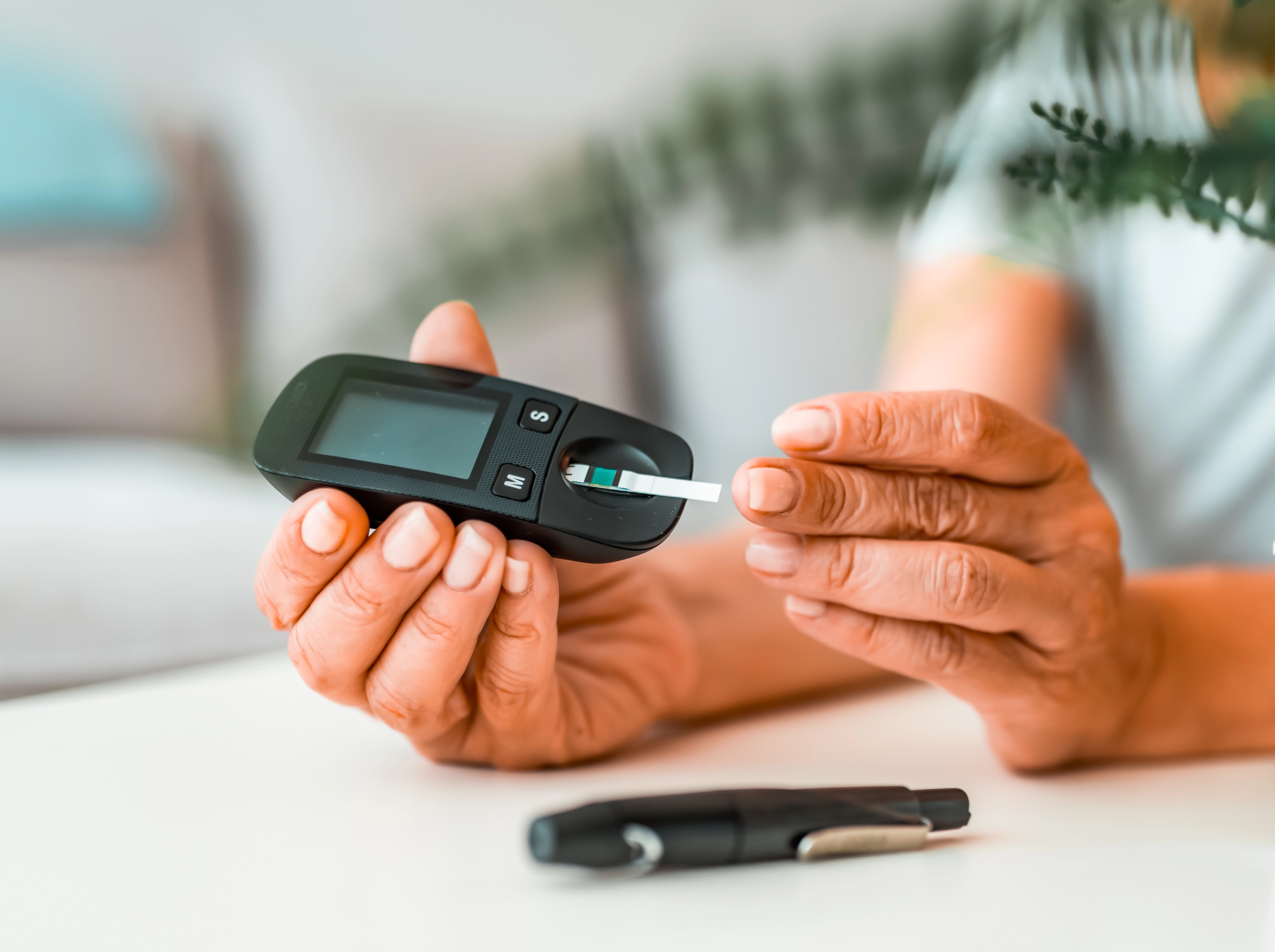
What is Prediabetes and How to Lower Your Risk
Rates of Type 2 Diabetes and Prediabetes are on the rise globally, especially in the US. The Centers for Disease Control and Prevention (CDC) estimates that 96 million Americans, or 1 in 3, have prediabetes. While most diagnosed with Type 2 Diabetes (37 million Americans) are aware of their condition, more than 80% of people with prediabetes* have no idea that they are at risk. This means that many of us - and even our loved ones - may already have or be at risk for developing Type 2 Diabetes, heart disease, or even stroke.
The good news is that there is a lot we can do to reduce our risk of developing prediabetes, and even reverse it if we are diagnosed. Making healthy lifestyle changes and improving our habits long-term can make all the difference in keeping us and our family’s protected.
What is Prediabetes?
Prediabetes is defined as the presence of an elevated blood sugar, measured as an HbA1C between 5.7-6.5%**. In its simplest form, prediabetes indicates that your body is struggling to process the sugar in your bloodstream. If not taken care of, over time prediabetes can develop into Type 2 Diabetes as your insulin resistance, and thus blood sugar levels, increase.
What is Insulin Resistance?
The pancreas is the organ in our body responsible for creating the enzymes we need to digest and use the food we eat for fuel. Insulin is the hormone created in the pancreas that triggers our cells to absorb the sugar in our bloodstream for energy. When cells are unable to absorb and use all of the sugar in our bloodstream, our pancreas increases the production and release of insulin to meet the increased need. Over time, our cells lose sensitivity to insulin so more is required to balance our blood sugar levels. This is known as insulin resistance.
How Does Insulin Resistance Cause Prediabetes?
Insulin resistance is a compounding problem in the body. Over time, the more insulin is released to manage the excess sugar in our bloodstream, the more insensitive our cells become to insulin. This insensitivity leads to higher blood sugar levels, and the cycle continues to build on itself making it harder and harder to get your blood sugar under control. The early phases of insulin resistance is known as prediabetes. It is diagnosed when we have an elevated HbA1C of 5.7-6.5**.
So, how do we break the cycle? The good news is that it is possible to reduce and even reverse your prediabetes by lowering your insulin resistance. This can be done by making long-term healthy lifestyle changes, including:
- Eating a whole-food diet rich in nutrients and fiber
- Reducing or eliminating your intake of added sugar
- Increasing your activity levels
- Managing stress levels
- Ensuring you’re getting enough restful sleep
On top of these long-term healthy changes, research has shown that even losing 10-15 lbs can significantly reduce your risk of prediabetes and Type 2 Diabetes.**
How Do You Know If You (Or Your Loved Ones) Are At Risk?
Most people with prediabetes are unaware that they have it. The best way to confirm your diagnosis is to get bloodwork done to measure your HbA1C and your fasting glucose levels. This way your doctor has a baseline to monitor your progress before your prediabetes turns into more serious Type 2 Diabetes.
There are also certain factors that will elevate your risk. According to the CDC*, these include:
- Being overweight
- Being 45 or older
- Living a sedentary lifestyle (being physically active less than 3 times a week)
- Having a parent or sibling with Type 2 Diabetes
- Having gestational diabetes (diabetes during pregnancy) or having a baby that weight over 9 lbs at birth
- Having Polycystic Ovarian Syndrome
- Your racial or ethnic background may also be a factor with African Americans, Hispanic/Latino Americans, American Indians, Pacific Islanders, and some Asian Americans having higher risk of developing prediabetes.
In summary, with rates of prediabetes and Type 2 Diabetes are on the rise it is important to understand how prediabetes and insulin resistance work. There is a lot you can do to support yourself and your family to reduce your risk. It begins with raising awareness of risk factors with your loved ones, and building healthy habits to minimize them.
Looking for more resources on this topic? Check out our other blogs below or connect with our coaches at coach@plantable.com to find out how Plantable can support you.
- What is Insulin
- Understanding Insulin Resistance
- The Skinny on Hidden Sugar
- How to Break Up with Sugar
Sources:
* https://www.cdc.gov/diabetes/basics/prediabetes.html
** https://diabetes.org/diabetes/a1c/diagnosis

